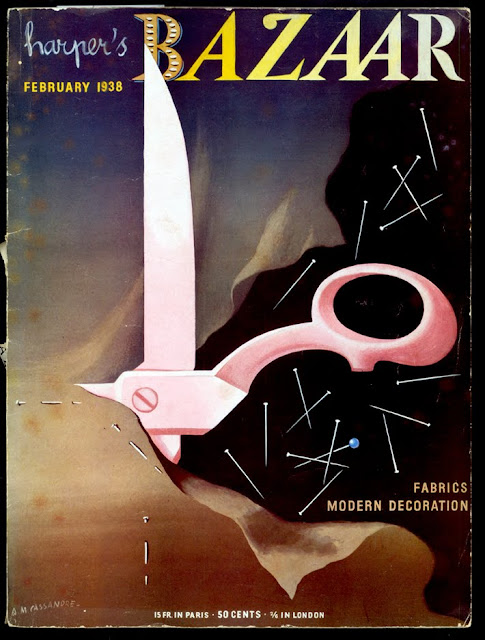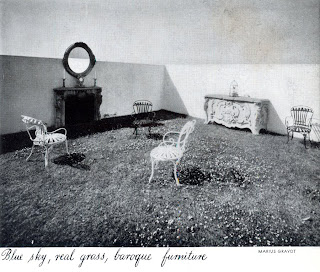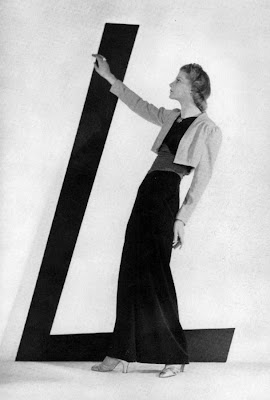click for much larger images



 Oh dear, first I got waylaid with work , then technical difficulties. Herewith a quick post of my latest purchase: a double-sided page of beach snapshots. One thing that never fails to send a shiver through me is the sight of all that wet and sandy wool knit on people. How was it possible that beach-goers slogged thru surf and sand in 90+ degree heat covered in dark leggings and tunics? Recently I was in a vintage store that had 2 pristine late 1920s tank suits: one men's, one women's. Both were charcoal gray and sweater weight. The distinguishing feature was that one had daring cut-outs on either side— that was the men's. I actually think some of the women's tunics, rolled knee socks and lace up bathing shoes are rather appealing— as autumn day wear...
Oh dear, first I got waylaid with work , then technical difficulties. Herewith a quick post of my latest purchase: a double-sided page of beach snapshots. One thing that never fails to send a shiver through me is the sight of all that wet and sandy wool knit on people. How was it possible that beach-goers slogged thru surf and sand in 90+ degree heat covered in dark leggings and tunics? Recently I was in a vintage store that had 2 pristine late 1920s tank suits: one men's, one women's. Both were charcoal gray and sweater weight. The distinguishing feature was that one had daring cut-outs on either side— that was the men's. I actually think some of the women's tunics, rolled knee socks and lace up bathing shoes are rather appealing— as autumn day wear...A few men in these photographs are wearing tank suits that say "Ocean Tide Baths." With a little googling I find that this might have been out at Coney Island.
Evidently several bathhouses along the boardwalk with salt water pools, lockers, steam rooms, and even dance areas, were big teenage hangouts. I've found a few scattered reminiscences specifically of Ocean Tide, from the early 1950s.Back with more substantive stuff next post.
Many times we went to Ocean Tide pool. I can still smell the steam bath my mom made me go into with her. The maze of grey wooden lockers we changed in. The steam room was a ritual we did at the end of the day before we went to the enclosed dance area with the wooden floor.
The Bay Ridge Lindy...was popular among the boys from Bay Ridge who danced at Ocean Tide. They’d swing their arm and then bring it up to the shoulder and that was basically the difference from the ordinary lindy that we knew!
I remember dancing at Ocean Tide….jukebox…6 plays for 25 cents!




















